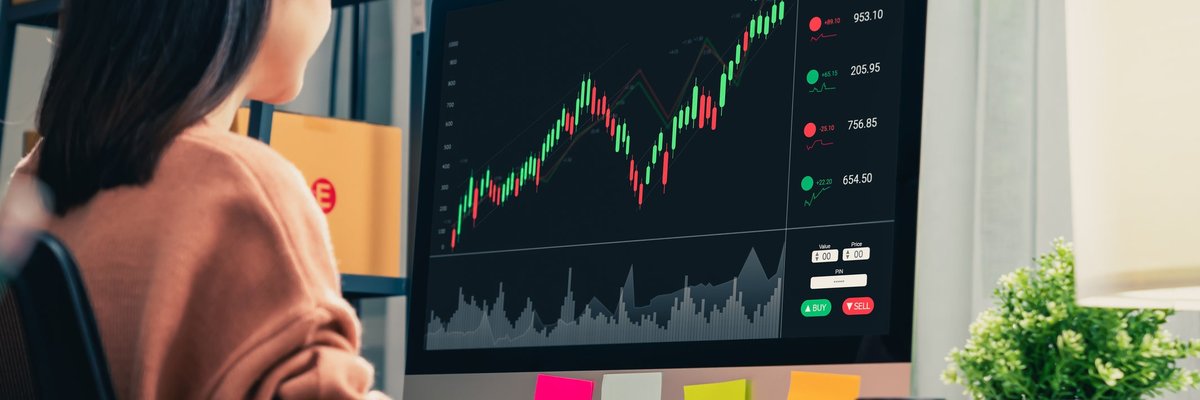U.S. Residents Lost $16.4B to Identity Theft in 2021. Here Are 5 Extra Steps You Can Take to Protect Your Accounts ASAP
KEY POINTS
- In 2021, the average money lost to identity theft per victim was over $1,100.
- You can keep your data safer by regularly reviewing account activity and using strong passwords.
- Don't bank on public wifi, and check your credit report regularly.
Few prospects are scarier than logging into your bank or credit card account and noticing something amiss -- like a lot less money than should be in the account or a huge charge that you didn't make. How did this happen?
Well, identity theft (when someone uses your personal or financial information without your consent) is a big culprit. Research from the U.S. Department of Justice found that U.S. victims of identity theft lost nearly $16.4 billion (that's Carl Sagan billions) in 2021. The average money loss per victim was $1,160. Losing over $1,000 (or more) is an unattractive prospect, for sure. To avoid falling victim, here are five ways to tighten up your account security and keep your money safer.
1. Use strong passwords (and 2FA)
I seriously hope you're not using the same password (or a handful of passwords) for all your various accounts -- and if you are, this tip is for you. I understand that it's hard to keep track of so many passwords; it's honestly become a curse of modern life. What's the solution? A password manager could help; be sure to vet any option you're considering thoroughly to avoid putting your identity at risk.
Opt-in for two-factor authentication (2FA), too -- this is when you have to confirm your identity by entering a code sent to your email or as a text message when you log into an account. It'll provide an extra layer of protection.
2. Review your statements and account activity
It's best practice to review your bank and credit card statements regularly, so you can spot any potential fraud or other problem sooner rather than later. I recommend signing into online banking and your credit card accounts at least once a week and scroll through your transactions. This is the easiest way to see if something is amiss. If it is, contact your bank or the card issuer ASAP.
3. Go paperless
Speaking of your bank and credit statements, are you receiving them in the mail in addition to having access to them online? Consider opting in to go paperless instead. This is good in a few different ways. First, you'll be saving trees (always a good move). Second, you'll receive fewer pieces of mail with sensitive personal information. If your mailbox is accessible to anyone without a key, you could be at risk of mail theft. If there's no sensitive information to steal out of your box in the form of checking account and credit card statements, that's extra protection for you.
4. Don't bank on public wifi
This is a particularly easy way to mitigate some of your risk of identity theft. Accessing your financial accounts while you're on unsecured wifi networks (like those you'll find at airports, coffee shops, and other spaces with public access) can expose your information to criminals, so avoid it at all costs. Instead, wait until you're on your home network (that is secured with a password, I hope!) or disconnect from wifi and use your cellphone's data plan if you find yourself truly needing to access your accounts while out and about.
5. Keep tabs on your credit report
Finally, another extra step you can take to keep your money safe from scammers and thieves is to check up on your credit report every so often. You can access your credit report once weekly for free from AnnualCreditReport.com, but that's perhaps a little excessive. It's a good idea to check a few times a year, though -- as well as whenever you suspect your data has been compromised or before you apply to borrow money (say, by getting a mortgage loan to buy a home or an auto loan to purchase a new car). If you spot an account that doesn't belong to you on your report, you can raise the alarm with the company and the applicable credit bureau(s).
Identity theft statistics are always a scary read, but it's important to stay informed and take the steps to keep your account data private. The money you save could be your own.
Our Research Expert




